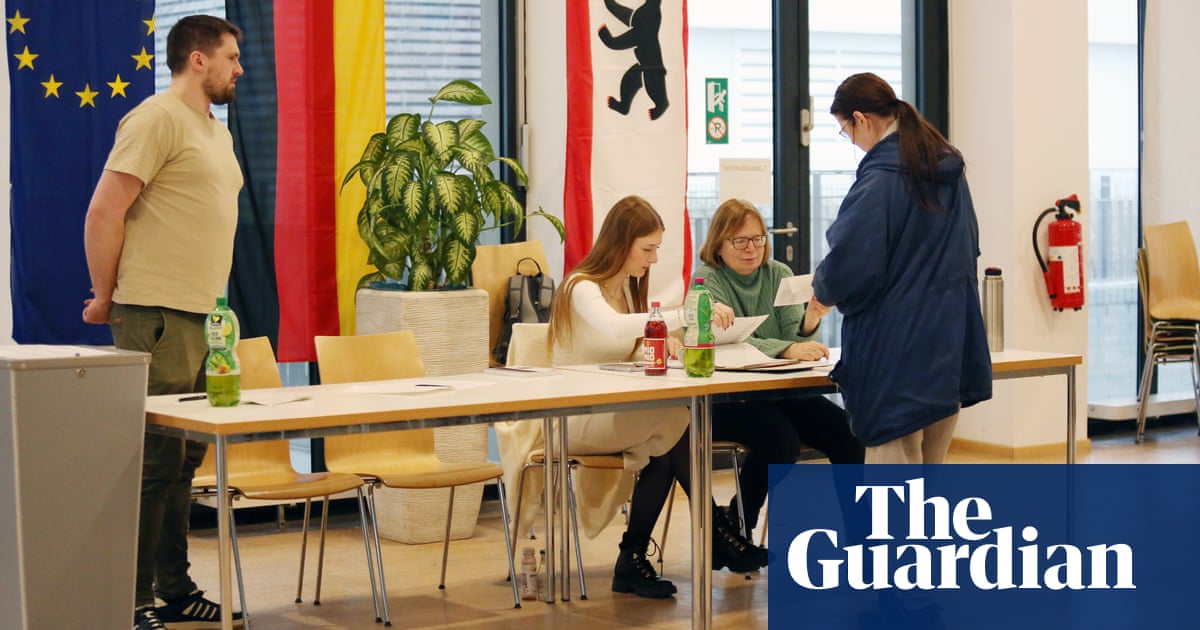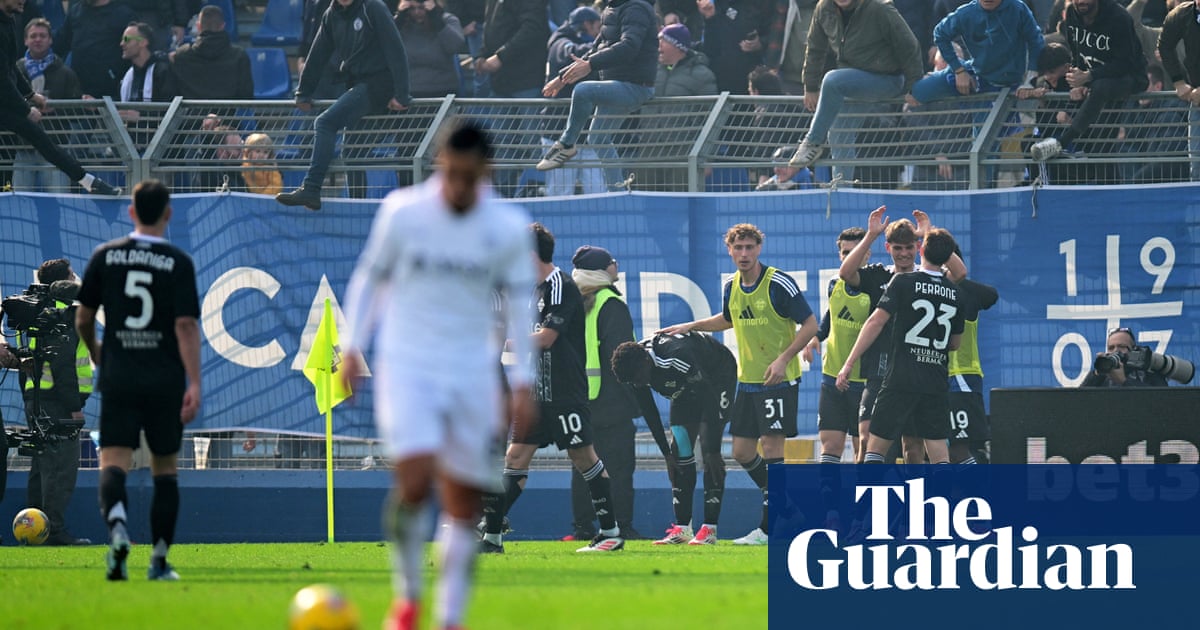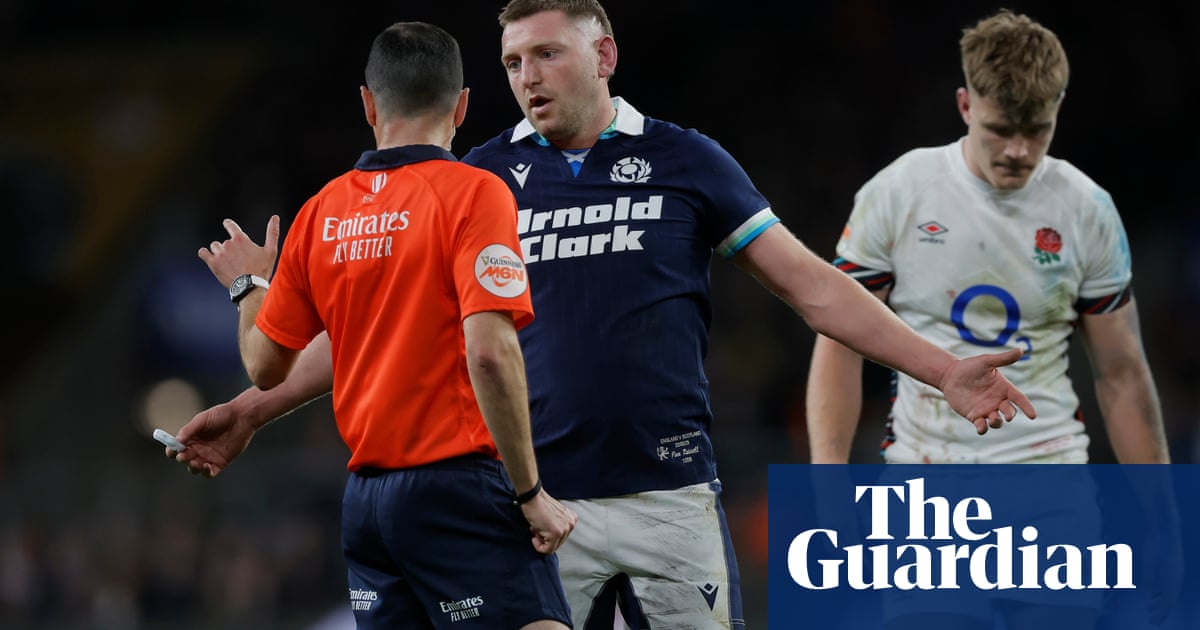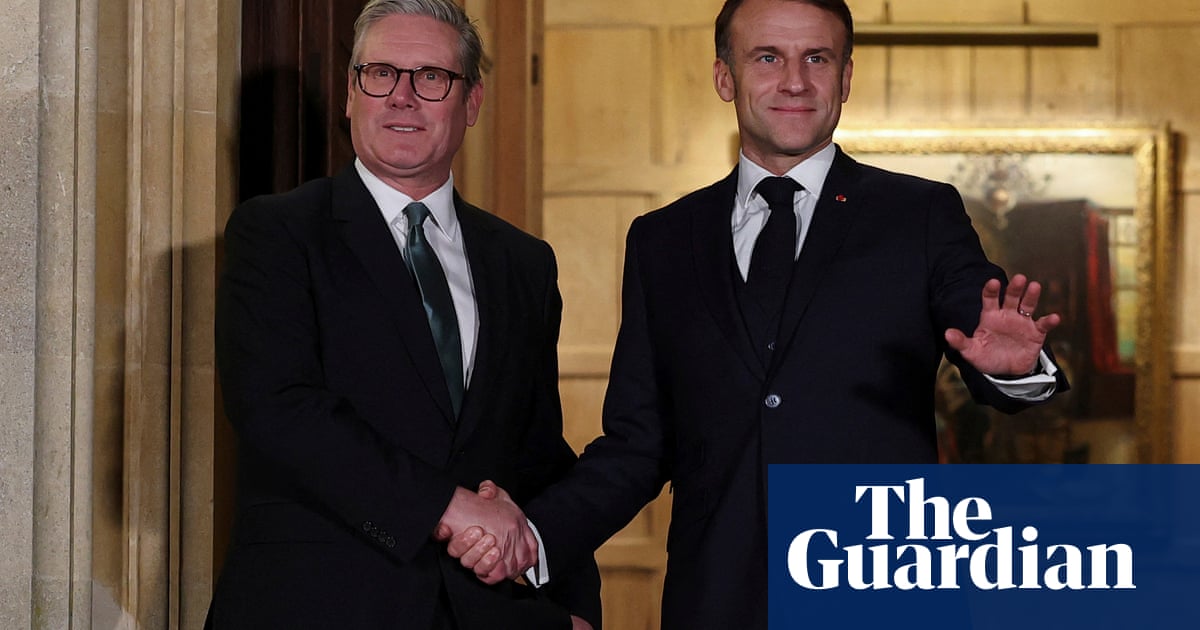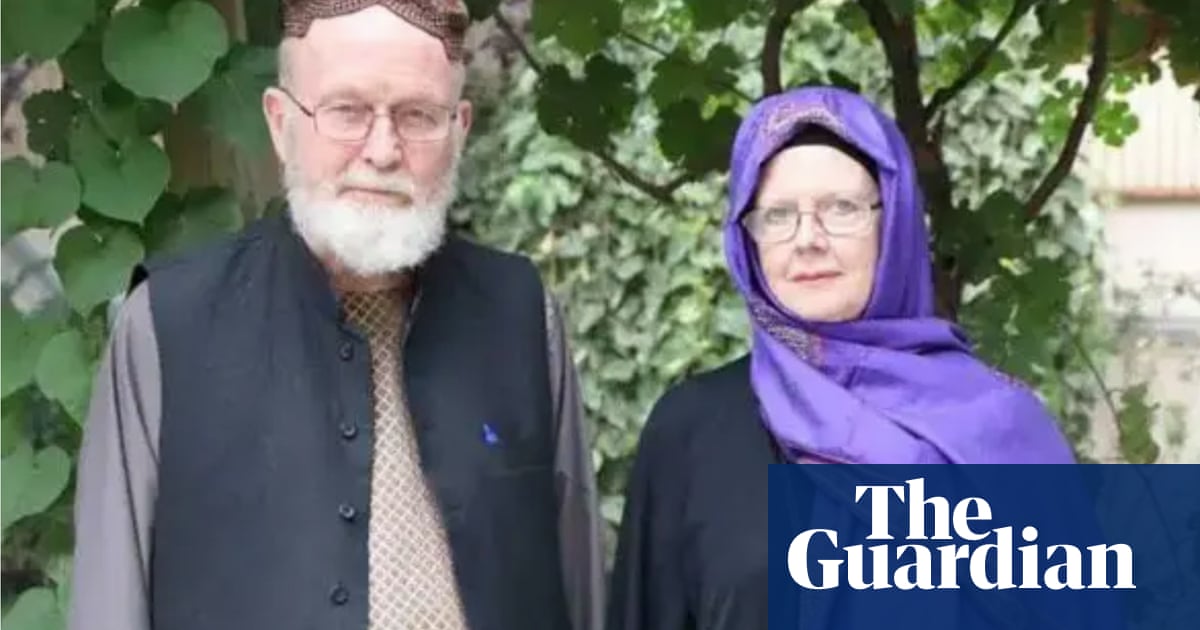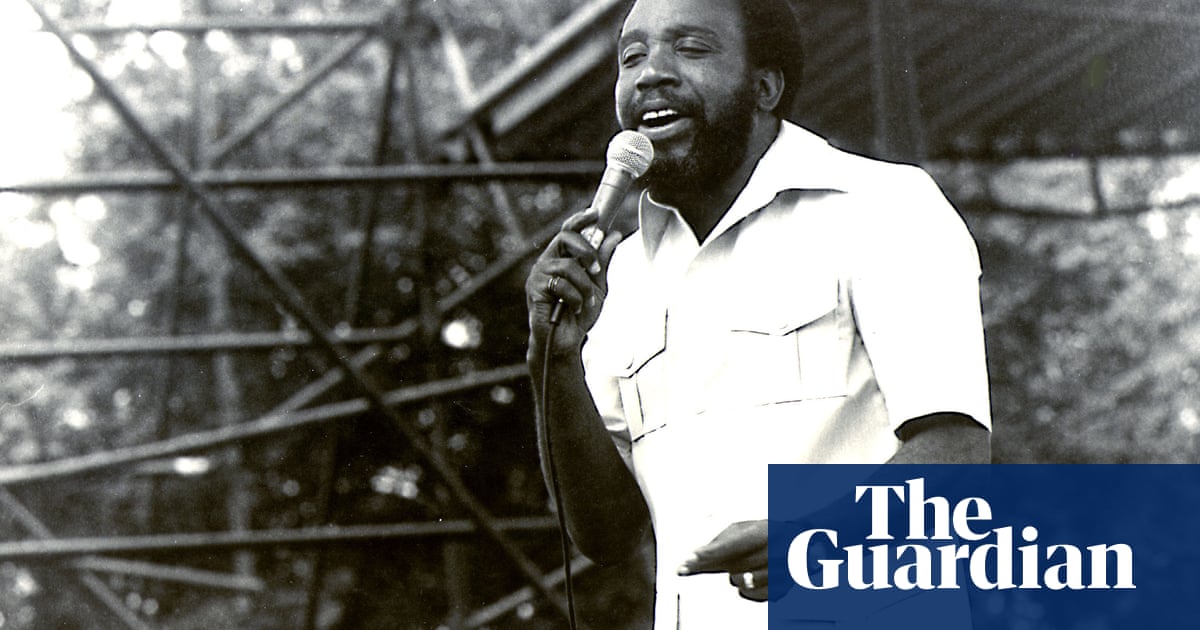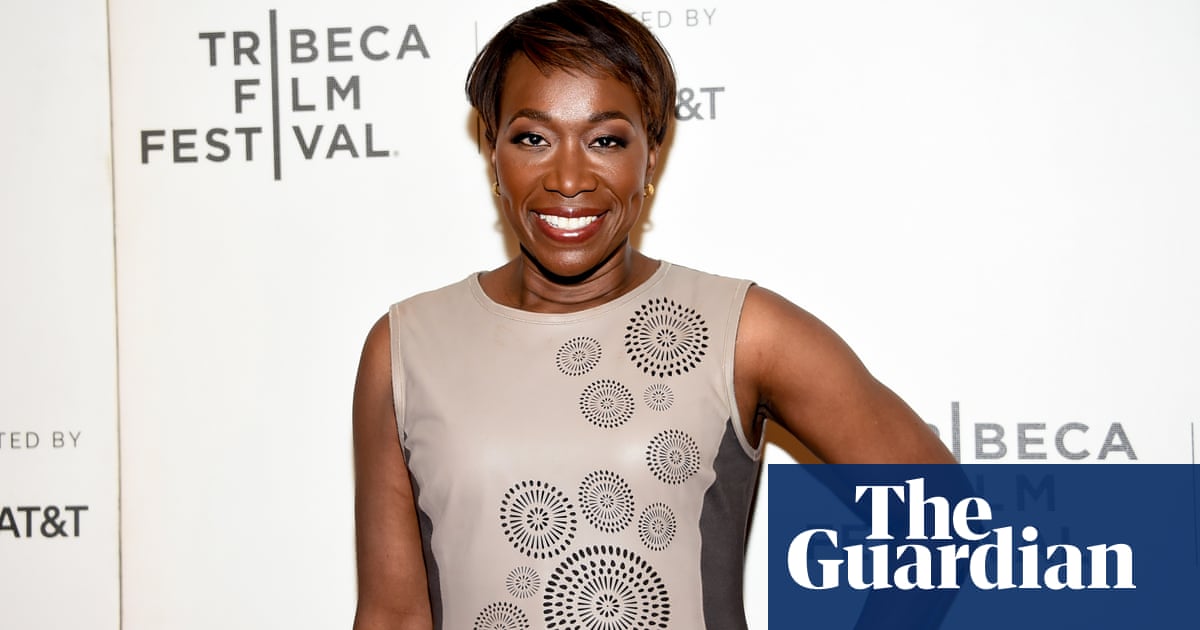In Easter, 1916, his epic poem about the failed Dublin rebellion that eventually led to Irish independence, William Butler Yeats declared: “A terrible beauty is born.” The same might be said about the marriage of convenience between Ireland’s old civil war enemies, Fianna Fáil and Fine Gael, as they attempt to recreate their history-making coalition government.
The two parties are now in power alongside the Greens, but this time round their mission is to stop the main opposition, Sinn Féin, entering government as part of a three-way coalition in the Republic after Friday’s general election. Instead, their preference would be to coalesce with Labour, because of voter resistance to climate-change measures.
This election is all about an uncertain future for a country that has changed dramatically since the turn of the millennium. Four new constituencies and 14 extra Dáil (lower house) seats have been created to accommodate the population growth from 3.5 million in 1990 to 5.38 million today.
Public infrastructure and services have failed to keep pace, despite full employment and billions of surplus euros sloshing around the exchequer, largely as a result of tax revenues from US multinationals such as Apple, Microsoft, Google and Pfizer. Once an economic horror show, Ireland is now, we are frequently reminded, one of the richest countries in the world. But is it happy?
Certainly not. Official figures show 14,760 people – 4,561 of them children – are living in emergency accommodation because of a housing crisis that has been growing for a decade. Average rents have risen by 43% on the current government’s watch. Residential property prices are up by 10% since 2023.
Housing is the primary issue of the election. Next is the cost of living. Though inflation has dwindled to 0.7%, energy prices are among Europe’s highest. In areas of state neglect, increased immigration and extravagant public expenditure are hot topics. A bike shelter at the parliament building cost €336,000 (£280,500). The construction bill for a national children’s hospital is €2.2bn and counting.
After the 2020 election, Fianna Fáil and Fine Gael held their noses and entered government together for the first time. Now they want to repeat their coalition. Their task is to convince voters they have separate and distinct policies and are not the Tweedledum and Tweedledee derided by Sinn Féin. Until last weekend, they seemed to be coasting back to the cabinet room. Sinn Féin’s popularity had been tumbling in opinion polls since anti-immigration protests began to proliferate, with some of the party’s strongholds believing it was too soft on the issue.
In 2020 it won 24.5% of the first preference vote in the multi-seat proportional representation system, plunging to just 12% in last June’s local council elections. The party led by Mary Lou McDonald, who once seemed guaranteed to become the first female taoiseach as a result of her popularity, has been dogged by a series of allegations of inappropriate behaviour by two parliamentary members in Dublin and the jailing of one of its press officers for sexual offences against children.
Those Sinn Féin scandals informed the decision by Fine Gael’s leader, Simon Harris, to call the election early. His own popularity was another reason. At 38, Harris is energetic, ambitious and social-media savvy, earning him the moniker the TikTok taoiseach. Fine Gael’s rise in opinion polls since he succeeded Leo Varadkar in March has been attributed to the “Harris hop”, but since he called the election, the hop has turned into a hobble. A dismal party campaign began when the Ryanair chief, Michael O’Leary, launched a Fine Gael minister’s election campaign with an attack on teachers’ aptitude for government, given that the Dáil, he said, was “full” of them.
Next came a viral online video of another Fine Gael candidate punching a man six years ago, which culminated in a civil court order for damages against the politician. The lowest point was last weekend, when Harris was filmed walking away mid-conversation from a care worker complaining about the sector’s low pay during a canvassing walkabout. By Monday, Fine Gael had dropped back to 19% in an Irish Times Ipsos/B&A poll, one point below Sinn Féin and two behind Fianna Fáil on 21%.
That party’s Micheál Martin is the only leader of the outgoing three-party coalition who is still in situ since 2020, following Varadkar’s departure and that of the Green party’s Eamon Ryan. In an initial rash of electionitis, Fine Gael sources anonymously briefed journalists that Martin, a health-conscious 64-year-old, was a “grumpy old man” compared with the youthful Harris.
As the campaign progressed, the negative spin rebounded on Fine Gael. With Donald Trump’s election in the US sending tremors through an Irish economy braced for his promised import tariffs, Martin’s steadiness and political experience became more attractive to voters, despite Fianna Fáil’s history of profligacy before the economy crashed in 2008.
This time last year, a smart gambler might have had a wager on McDonald becoming the next taoiseach. This time last month, the safer bet would have been on Harris landing the role. On the eve of the election, if the polls prove correct, Fine Gael and Fianna Fáil will return to government because Sinn Féin will be unable to muster sufficient leftwing partners to reach the requisite 88-seat majority. But it is Martin whom Keir Starmer may be calling next week to congratulate him on becoming taoiseach again.
-
Justine McCarthy is an Irish journalist and the author of An Eye on Ireland: Writings from a Changing Nation

 2 months ago
44
2 months ago
44
